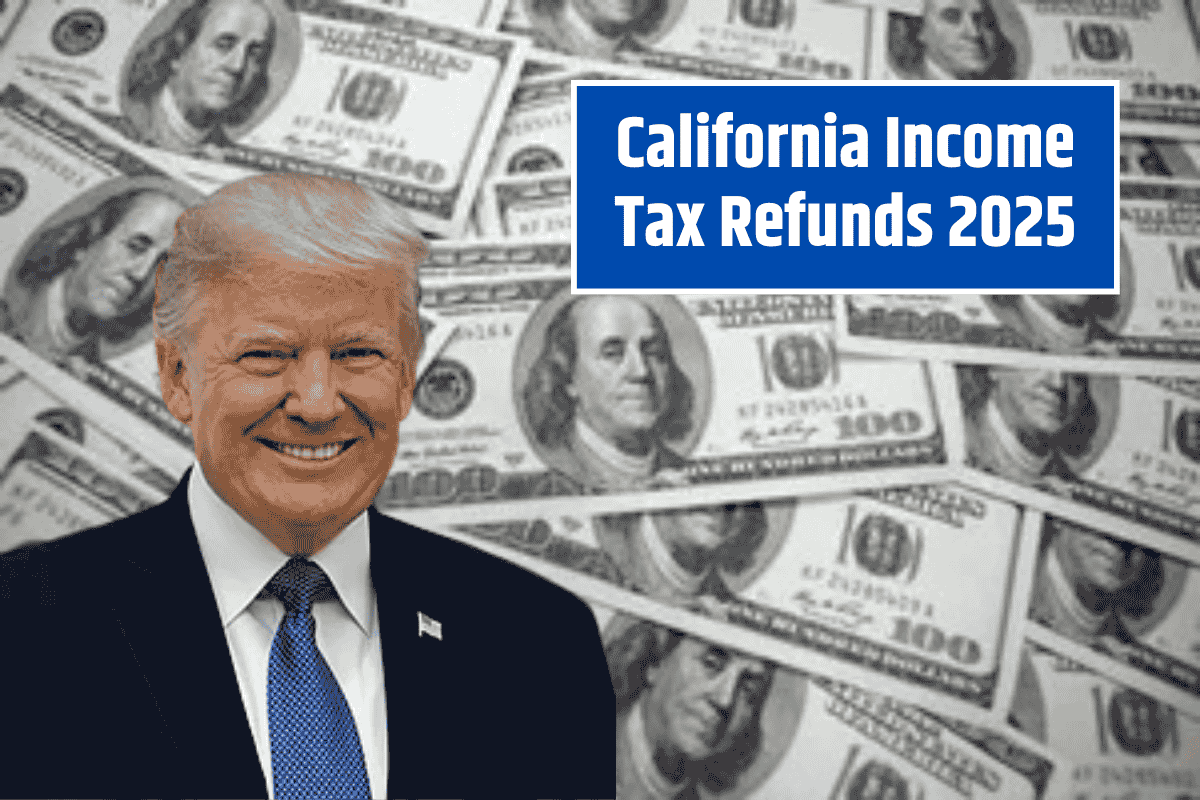Millions of Californians are still waiting for their state income tax refunds in 2025, even though the Franchise Tax Board (FTB) has already been sending out checks for weeks.
If you’re among those eagerly checking your mailbox or bank account, here’s everything you need to know—from eligibility and refund calculation to payment timelines and how to track your money.
Who Qualifies for a California Income Tax Refund?
Tax refunds are issued when you overpay your state taxes—whether through payroll withholdings, estimated tax payments, or refundable tax credits. You don’t need to live in California full-time to get a refund either. Here’s who qualifies:
Full-time residents who filed their tax returns
Non-residents who earned income in California and filed Form 540
Anyone whose total payments exceeded their final tax liability
In simple terms, if you paid more than you owed, you get money back.
Refund Boosters: Tax Credits That Increase Your Refund
California offers several refundable tax credits that either reduce your tax or add money to your refund. These are especially helpful for low- and moderate-income taxpayers:
California Earned Income Tax Credit (CalEITC):
Worth up to $3,644
Available to those earning $31,950 or less (amount varies based on number of children)
Young Child Tax Credit (YCTC):
Provides up to $1,117 for every child under age 6
Must qualify for CalEITC to claim this
Other credits include:
Renter’s Credit
Gas rebate-related benefits
Natural disaster deductions, like those related to the 2025 Los Angeles wildfires
All of these can either lower your tax bill or increase your refund directly.
Understanding California’s Tax Brackets and Deductions
California uses a progressive income tax system with nine brackets, starting at 1% and going up to 12.3%. There’s also a 1% additional surcharge for income over $1 million (Mental Health Services Tax).
Even high earners can get a refund if their withholdings exceeded their final tax due—especially if they qualify for deductions like:
Standard Deduction:
$5,637 for single filers
$11,274 for joint filers (2024)
Itemized Deductions:
Mortgage interest
Charitable donations
Property taxes
These deductions reduce taxable income, possibly lowering your tax bill and increasing your refund.
How Is Your California Tax Refund Calculated?
The refund amount is based on a simple formula:
Total Payments Made – Final Tax Liability = Base Refund
Then, add on any eligible refundable tax credits to calculate your final refund.
Example:
If you had $5,000 withheld but your final tax bill was $3,500, your base refund is $1,500. If you’re eligible for a $1,000 tax credit, your total refund becomes $2,500.
When Will You Get Your California Tax Refund?
Most refunds have already been issued, but if you filed late, made corrections, or requested an extension (extended to October 15, 2025), your refund could still be on the way.
Average Refund Timelines:
| Filing Type | Refund via Direct Deposit | Refund via Paper Check |
|---|---|---|
| E-filed Returns | 21 business days | 4 to 6 weeks |
| Paper-filed Returns | 8 to 12 weeks | 10 to 14 weeks |
| Amended Returns (Form 540-X) | Up to 16 weeks | Longer processing possible |
If you filed electronically and selected direct deposit, you’ll likely see your refund much faster. Choosing a paper check will delay your refund by a few extra weeks.
How to Check Your Refund Status
You can track your California refund using the “Where’s My Refund?” tool on the FTB website: ftb.ca.gov/refund
To use it, you’ll need:
Your Social Security Number (SSN) or ITIN
Your ZIP code from your last return
The exact refund amount you’re expecting
This tool updates daily and is the most reliable way to check your refund status.
If you’ve filed your taxes and are waiting for your California refund, you’re not alone. Many taxpayers are still in line due to late filings, extensions, or paper submissions. Thanks to credits like CalEITC and YCTC, your refund could be higher than expected.
While e-filers usually get paid faster, paper filers and those requesting checks should prepare for longer waits. To stay informed, keep checking the FTB refund tracker and make sure your mailing address and banking info are up to date. Your money is on its way—it just might take a little time to reach you.
